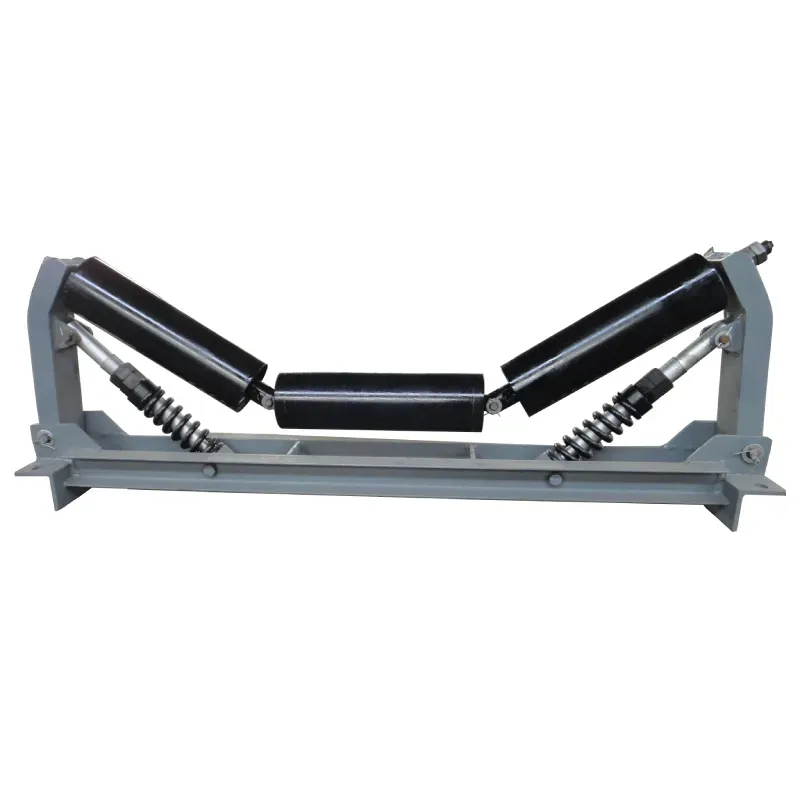 Afrikaans
Afrikaans  Albanian
Albanian  Amharic
Amharic  Arabic
Arabic  Armenian
Armenian  Azerbaijani
Azerbaijani  Basque
Basque  Belarusian
Belarusian  Bengali
Bengali  Bosnian
Bosnian  Bulgarian
Bulgarian  Catalan
Catalan  Cebuano
Cebuano  Corsican
Corsican  Croatian
Croatian  Czech
Czech  Danish
Danish  Dutch
Dutch  English
English  Esperanto
Esperanto  Estonian
Estonian  Finnish
Finnish  French
French  Frisian
Frisian  Galician
Galician  Georgian
Georgian  German
German  Greek
Greek  Gujarati
Gujarati  Haitian Creole
Haitian Creole  hausa
hausa  hawaiian
hawaiian  Hebrew
Hebrew  Hindi
Hindi  Miao
Miao  Hungarian
Hungarian  Icelandic
Icelandic  igbo
igbo  Indonesian
Indonesian  irish
irish  Italian
Italian  Japanese
Japanese  Javanese
Javanese  Kannada
Kannada  kazakh
kazakh  Khmer
Khmer  Rwandese
Rwandese  Korean
Korean  Kurdish
Kurdish  Kyrgyz
Kyrgyz  Lao
Lao  Latin
Latin  Latvian
Latvian  Lithuanian
Lithuanian  Luxembourgish
Luxembourgish  Macedonian
Macedonian  Malgashi
Malgashi  Malay
Malay  Malayalam
Malayalam  Maltese
Maltese  Maori
Maori  Marathi
Marathi  Mongolian
Mongolian  Myanmar
Myanmar  Nepali
Nepali  Norwegian
Norwegian  Norwegian
Norwegian  Occitan
Occitan  Pashto
Pashto  Persian
Persian  Polish
Polish  Portuguese
Portuguese  Punjabi
Punjabi  Romanian
Romanian  Russian
Russian  Samoan
Samoan  Scottish Gaelic
Scottish Gaelic  Serbian
Serbian  Sesotho
Sesotho  Shona
Shona  Sindhi
Sindhi  Sinhala
Sinhala  Slovak
Slovak  Slovenian
Slovenian  Somali
Somali  Spanish
Spanish  Sundanese
Sundanese  Swahili
Swahili  Swedish
Swedish  Tagalog
Tagalog  Tajik
Tajik  Tamil
Tamil  Tatar
Tatar  Telugu
Telugu  Thai
Thai  Turkish
Turkish  Turkmen
Turkmen  Ukrainian
Ukrainian  Urdu
Urdu  Uighur
Uighur  Uzbek
Uzbek  Vietnamese
Vietnamese  Welsh
Welsh  Bantu
Bantu  Yiddish
Yiddish  Yoruba
Yoruba  Zulu
Zulu troughing idlers
Understanding Troughing Idlers Essential Components in Conveyor Systems
Troughing idlers are fundamental components in the design and operation of conveyor systems, particularly in bulk material handling applications. These specific types of idlers are designed to support the conveyor belt and facilitate the efficient transport of materials such as gravel, coal, or grain. Their distinctive “trough” shape, typically consisting of three rollers arranged in a U-shape, offers significant advantages that enhance the performance and reliability of conveyor systems.
One of the primary functions of troughing idlers is to support the weight of the conveyor belt and the material being transported. By distributing the load over a broader area, they minimize the stress on the belt and reduce wear and tear, ultimately prolonging its service life. Additionally, the troughing shape helps to contain the material being conveyed, preventing spillage and improving overall efficiency. This containment is particularly important in industries where minimizing material loss is crucial for economic considerations.
The design of troughing idlers also plays a vital role in reducing friction between the conveyor belt and the rollers. This reduction in friction is essential for ensuring smooth movement of the belt, which not only enhances operational efficiency but also conserves energy. Lower friction means that less power is required to drive the conveyor, resulting in significant energy savings over time. As industries increasingly strive to enhance sustainability, the energy efficiency provided by troughing idlers becomes a key consideration.
troughing idlers

Troughing idlers come in various configurations and sizes to accommodate different applications and material types. Standard designs typically include 20°, 35°, and 45° troughing angles, allowing for customization based on the material's characteristics and the conveyor's loading conditions. The choice of idler type also impacts the system’s overall capacity and efficiency, making proper selection vital for optimal performance.
Maintenance of troughing idlers is relatively straightforward, which contributes to their widespread use in the industry. Regular inspection and lubrication can extend the life of the idlers and ensure that they function effectively. Operators should pay particular attention to wear on the rollers and any misalignment that could lead to inefficiencies or failure.
In conclusion, troughing idlers are indispensable components in conveyor systems that significantly influence material handling efficiency. Their unique design, which allows for load distribution and material containment, combined with their capacity for energy efficiency, makes them a preferred choice in various industrial applications. As the demand for efficient and sustainable material handling solutions grows, understanding and utilizing the benefits of troughing idlers will be crucial for businesses aiming to optimize their operations.
-
Revolutionizing Conveyor Reliability with Advanced Rubber Lagging PulleysNewsJul.22,2025
-
Powering Precision and Durability with Expert Manufacturers of Conveyor ComponentsNewsJul.22,2025
-
Optimizing Conveyor Systems with Advanced Conveyor AccessoriesNewsJul.22,2025
-
Maximize Conveyor Efficiency with Quality Conveyor Idler PulleysNewsJul.22,2025
-
Future-Proof Your Conveyor System with High-Performance Polyurethane RollerNewsJul.22,2025
-
Driving Efficiency Forward with Quality Idlers and RollersNewsJul.22,2025





























